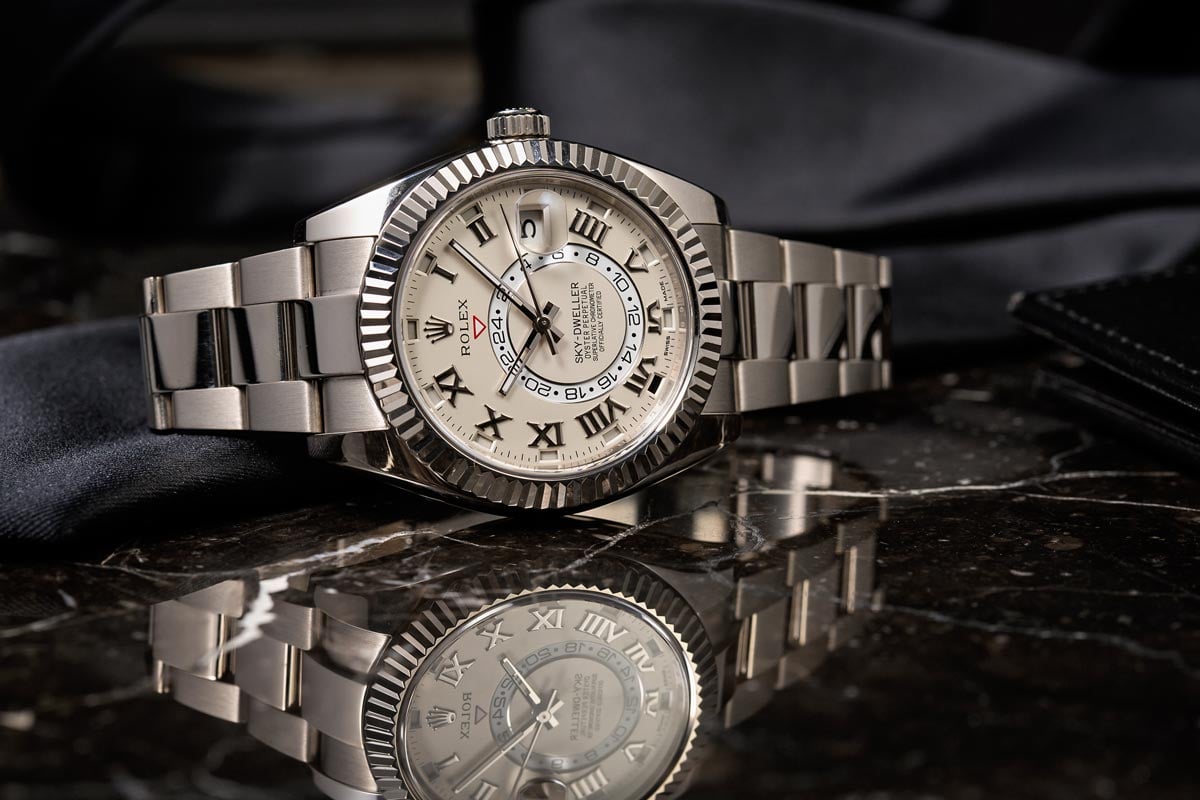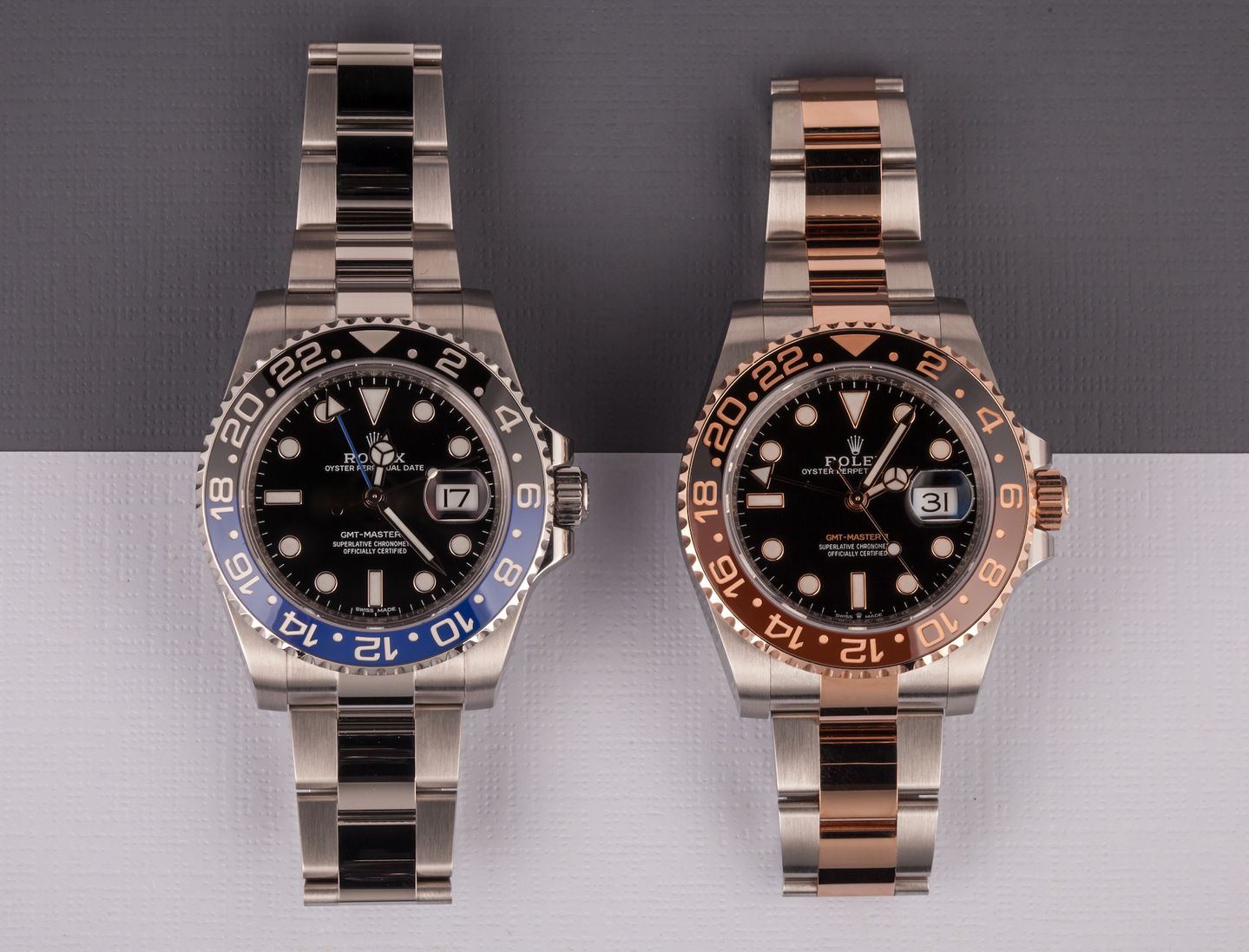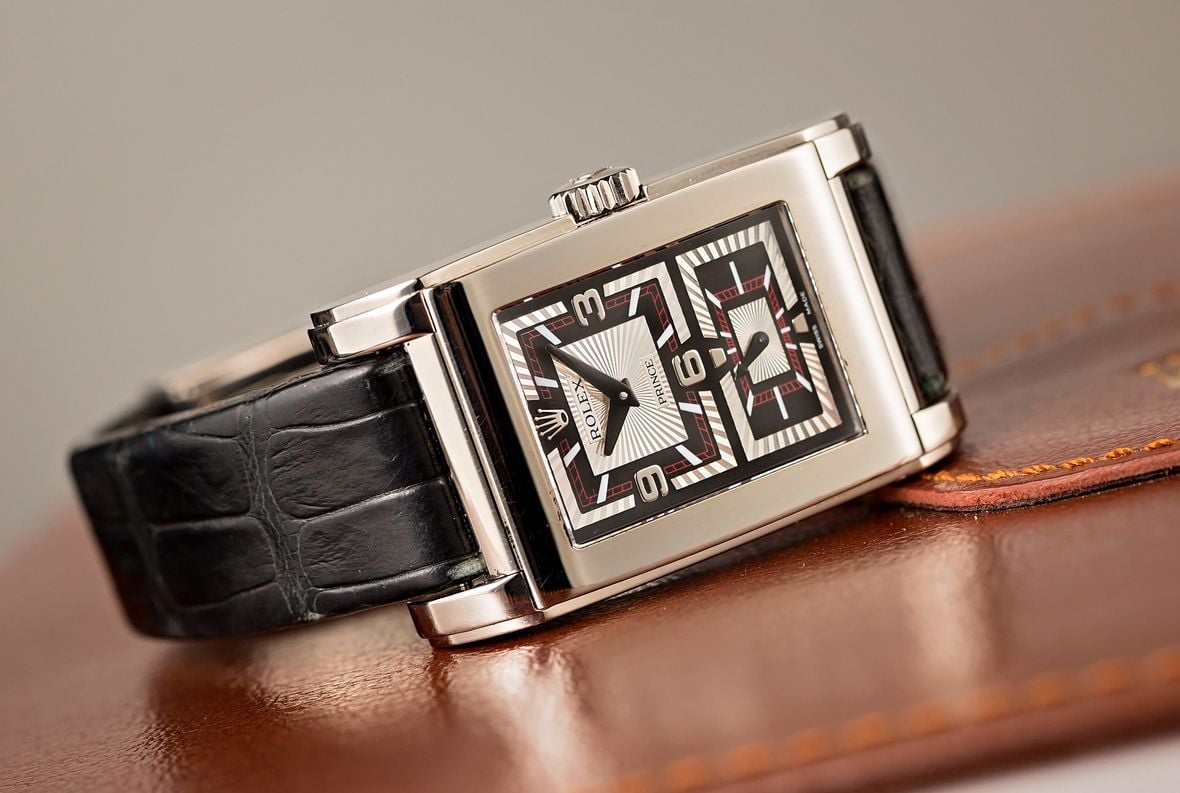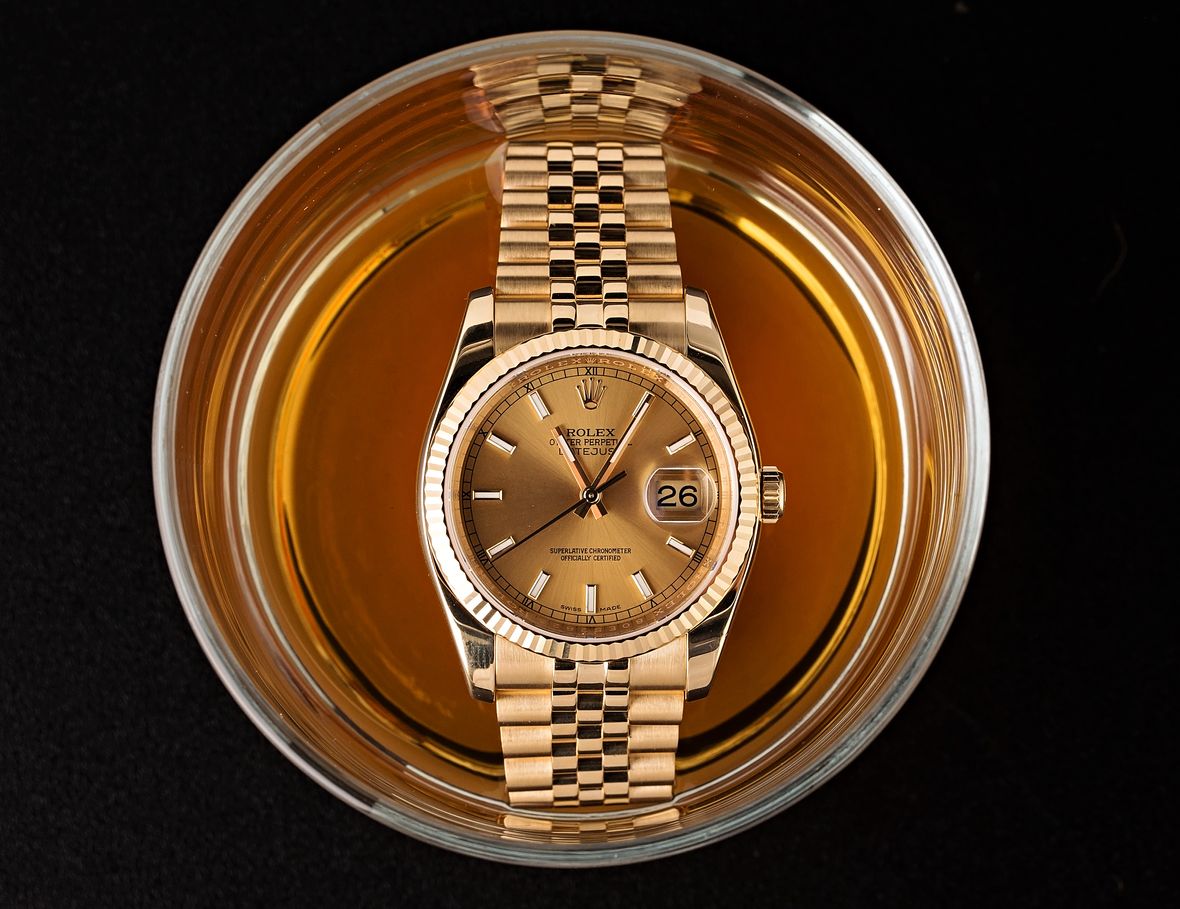All good things must come to an end, and it is as true at Rolex as anywhere else. Over the years, certain pieces have disappeared from the portfolio, either replaced with an updated version or else retired completely. Rolex actually seems to make a habit of discontinuing many of their references with little or no warning, and for reasons only they understand. In some instances, the withdrawn watches are real fan favorites, and it leaves potential customers with just one option to get hold of them.
Below, we take a look at five of Rolex’s most-loved discontinued models that are now only available on the used Rolex market.
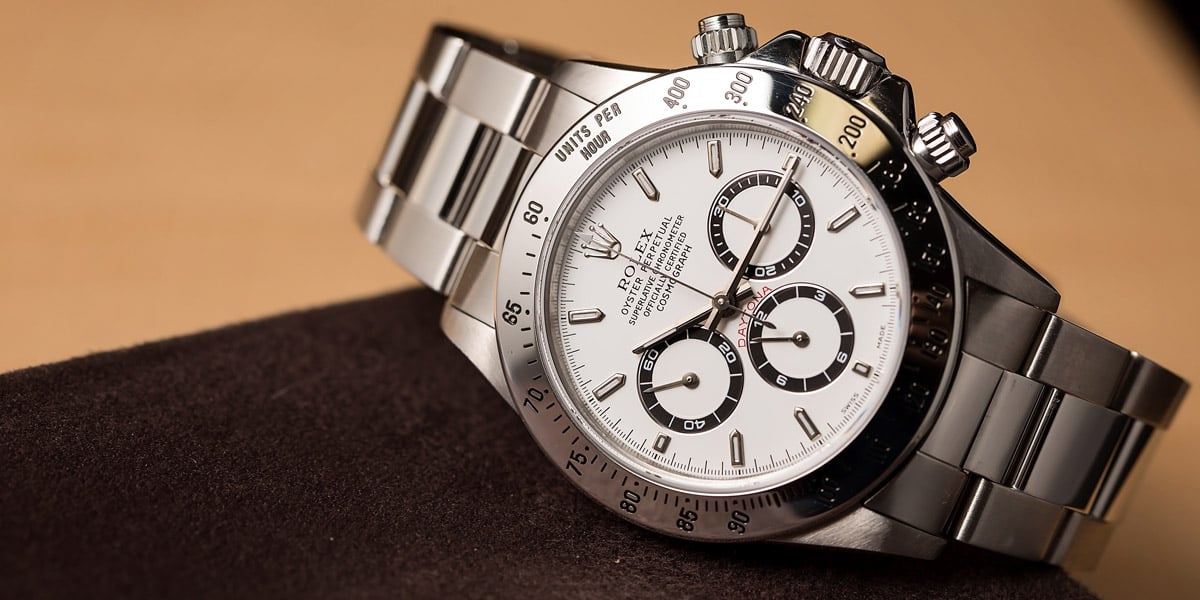
The Rolex Submariner ref. 16610LV
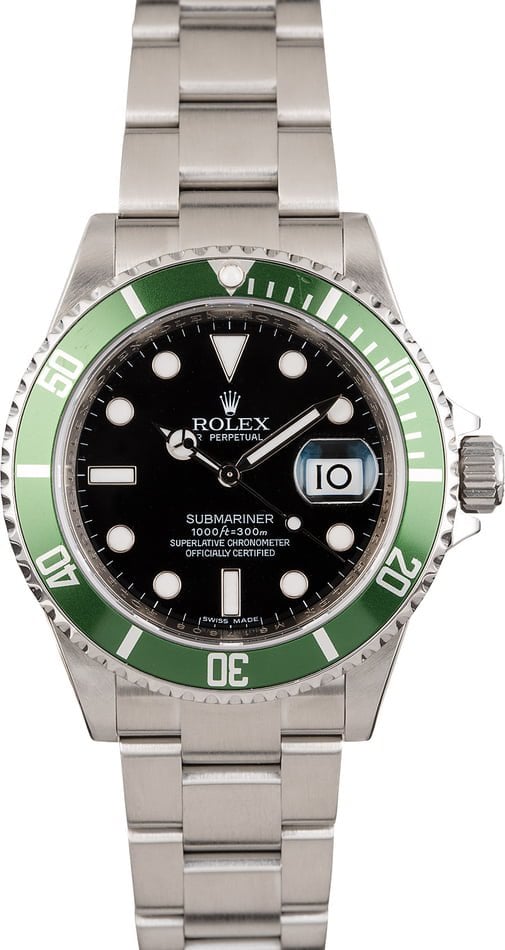
Rolex has a history of marking the key birthdays of a number of its icons with some kind of out-of-the-ordinary celebration, and in 2003, the Rolex Submariner celebrated its 50th anniversary. The world’s most famous luxury dive watch marked its half-century in style with the release of the ref. 16610LV, not only the first Submariner to be fitted with a black Maxi dial, but also the first to have a green bezel.
Major departure that it was for the model, it became something of an opinion splitter. There had been variations on the traditional black bezeled pieces before – blue versions (although only on gold and two-tone pieces) being the most common; however, the emerald surround on this anniversary edition led to it picking up a nickname from both the ‘for’ and ‘against’ camps. Those who loved the new colorway called it the Kermit; those less keen christened it the Vomit Sub.
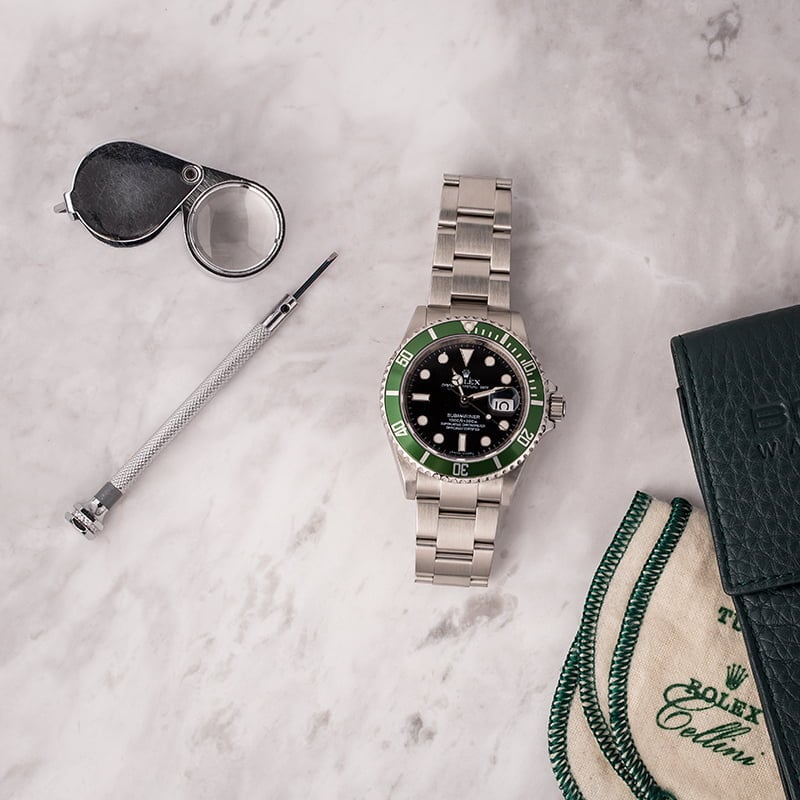
But as so often happens, any objections were short-lived. Fairly soon after its arrival, the LV (standing for Lunette Verte, or green bezel) started attracting much more of the right kind of attention, with devotees learning to appreciate the eccentricities. It also had the definite whiff of a future classic, something that set collectors with one eye on future monetary gains to gravitate towards it.
As it turned out, they were right. Just seven years after its introduction, the Kermit was withdrawn to make way for the ref. 116610LV. Now housed in the beefed-up Super Case, this new piece added a green dial to match the bezel, leading to it being known colloquially as the Hulk.
A short run of an unusual edition of a true industry giant has seen prices for the Kermit far outstrip the equivalent classic black models, and should be set to only get higher with time. Definitely, one to consider.
The Rolex GMT-Master II ‘Coke’
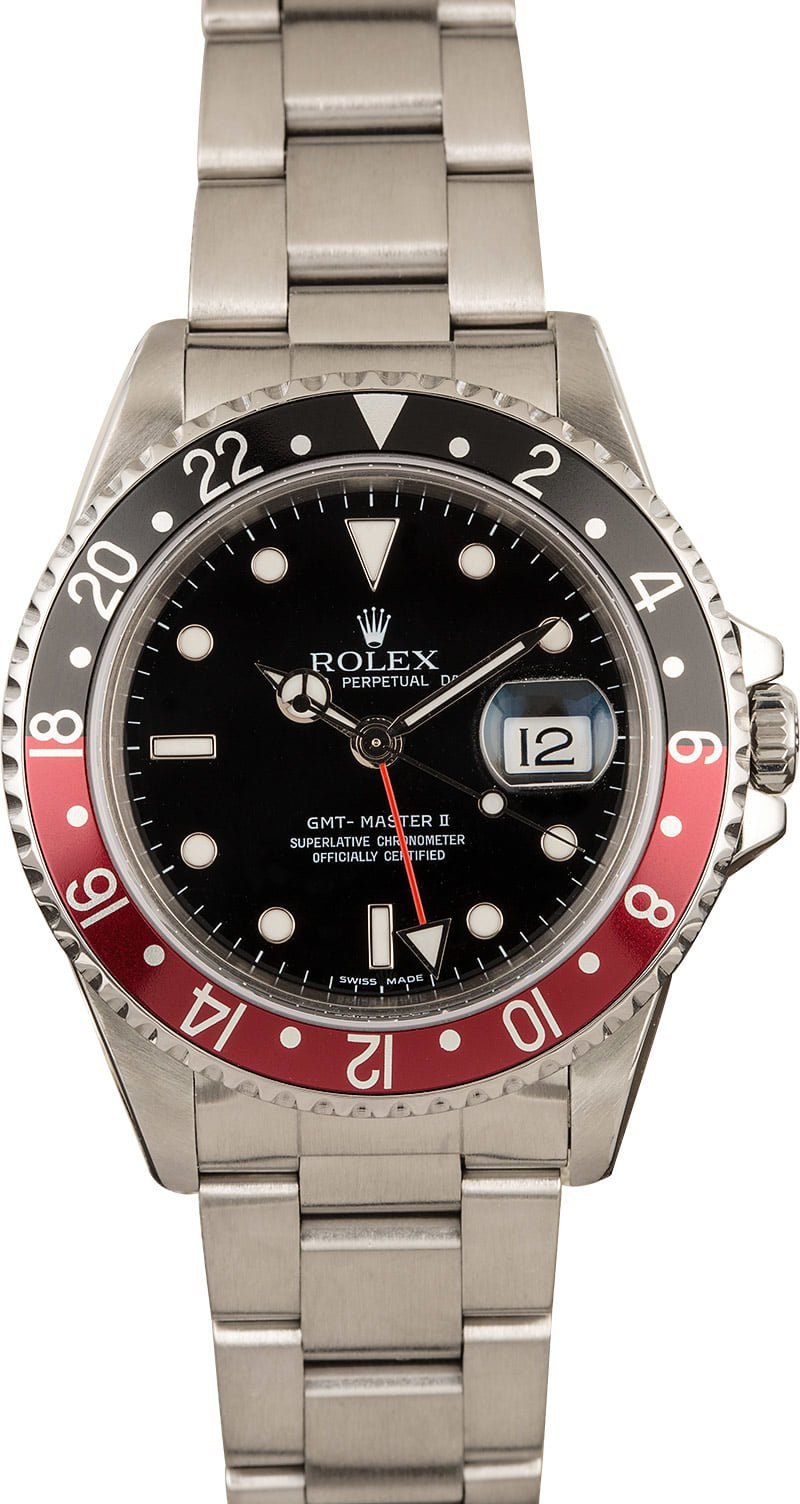
This one is a real puzzler. There hasn’t been a black and red bezel GMT-Master (much better known as the ‘Coke’) since 2007. That was when the last reference to offer the option, the ref. 16710, was scrubbed from the lineup. This means that there has never been a Cerachrom example of this archetypal and hugely popular Rolex color scheme, which we originally saw debut on the very first of the GMT-Master II references way back in 1983, the ref. 16760 (nicknamed the ‘Fat Lady’).
The red and black had enough of a distinction from the blue and red bezel pieces to warrant its place, and as we all know, the ‘Pepsi’ has been (and still is) a massive seller for the brand.
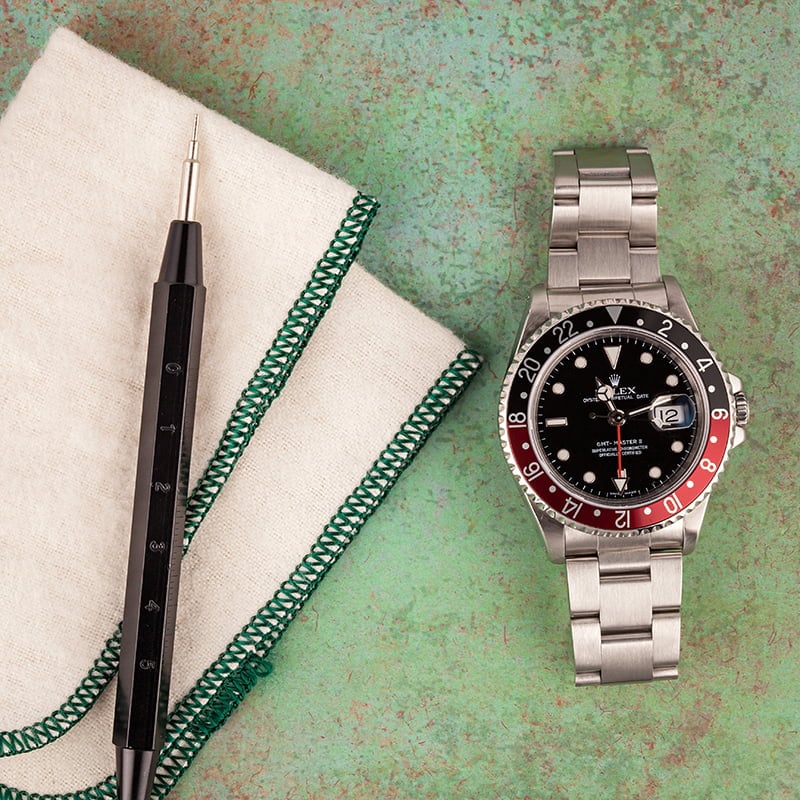
Are they likely to issue a Coke at some point in the future? It is impossible to tell, to be honest. There is already a decent amount of color in the range, with the blue and black ‘Batman’ pieces and the pair of ‘Root Beer’ examples. And with there actually being a total of three Pepsi’s – one in steel and two in white gold – maybe Rolex has decided that’s enough.
That being said, the Fat Lady (that ref. 16760 original) turns 40 in 2023, and as already discussed, the brand loves a birthday. So, just maybe…
Until then, we will have to content ourselves with the references available on the pre-owned market.
The Rolex Datejust II
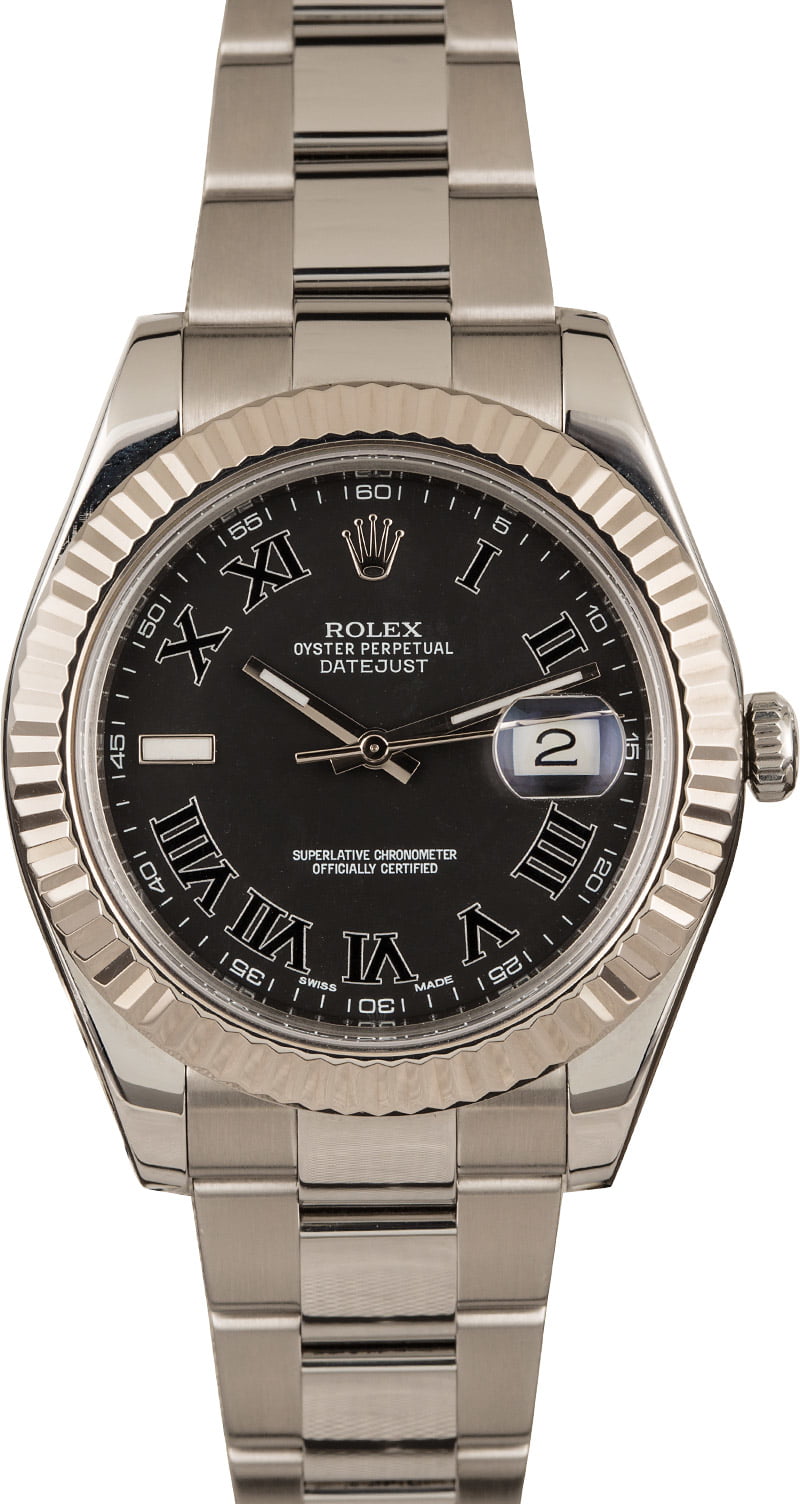
Just about the rarest thing in the world (the world of horology at any rate) is for Rolex to succumb to audience pressure. Yet, in 2009, that’s exactly what happened when that venerable old warhorse, the Datejust, was issued in a new 41mm size. The largest Datejust option had been 36mm model since before the Earth cooled, but the trend for ever-increasing watch sizes was one the brand could only ignore for so long.
However, the so-called Datejust II not only added a significant 5mm but also changed the proportions of the watch’s individual elements. The bezel grew broader, and while the case got wider, the bracelet didn’t, leading to thicker lugs. Overall, it traded the former model’s graceful, sweeping lines for a more muscular sporty profile, adding bigger hour markers on the dial to fill up the extra room.
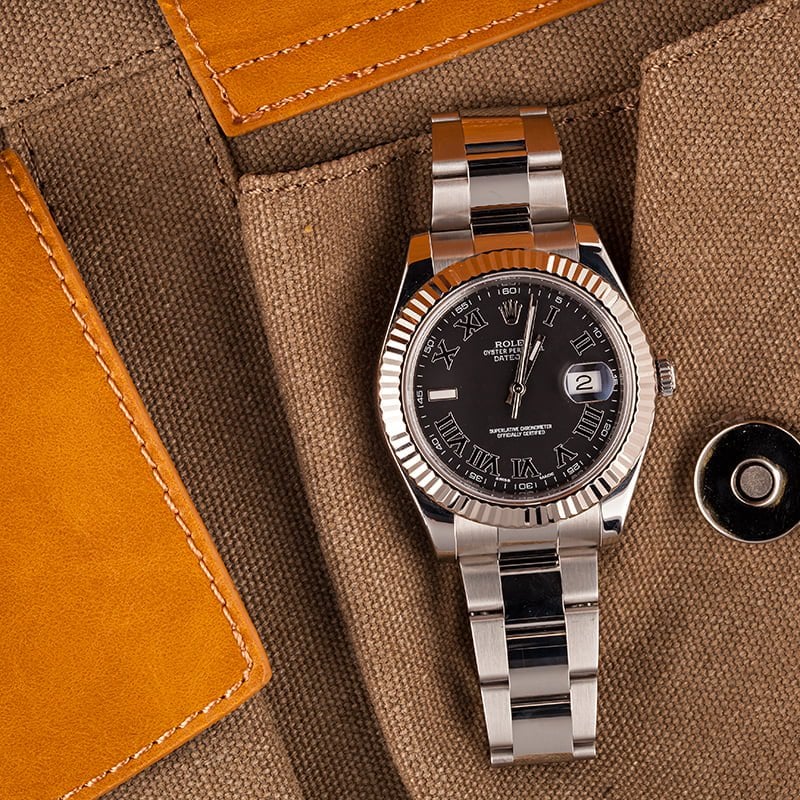
Initially only available in White or Yellow Rolesor (Rolex’s name for a combination of steel and gold), they were just successful enough for an all-steel reference with a smooth bezel to follow in 2012.
Yet it seemed to be too much of a design departure for either the traditional customer base or else the brand itself, and the Datejust II was discontinued by 2016. The Datejust 41 replaced it as a very much a scaled-up version of the 36mm piece, with the classic dimensions intact.
But there was always a relatively small but enthusiastic audience for the DJII, as decidedly masculine a dress watch as you are likely to find. Issued with a range of dial options (although, strangely, only ever produced on the Oyster bracelet) it offers plenty of choices and is the ideal model for a larger wrist.
Rolex Daytona (Steel Bezel)
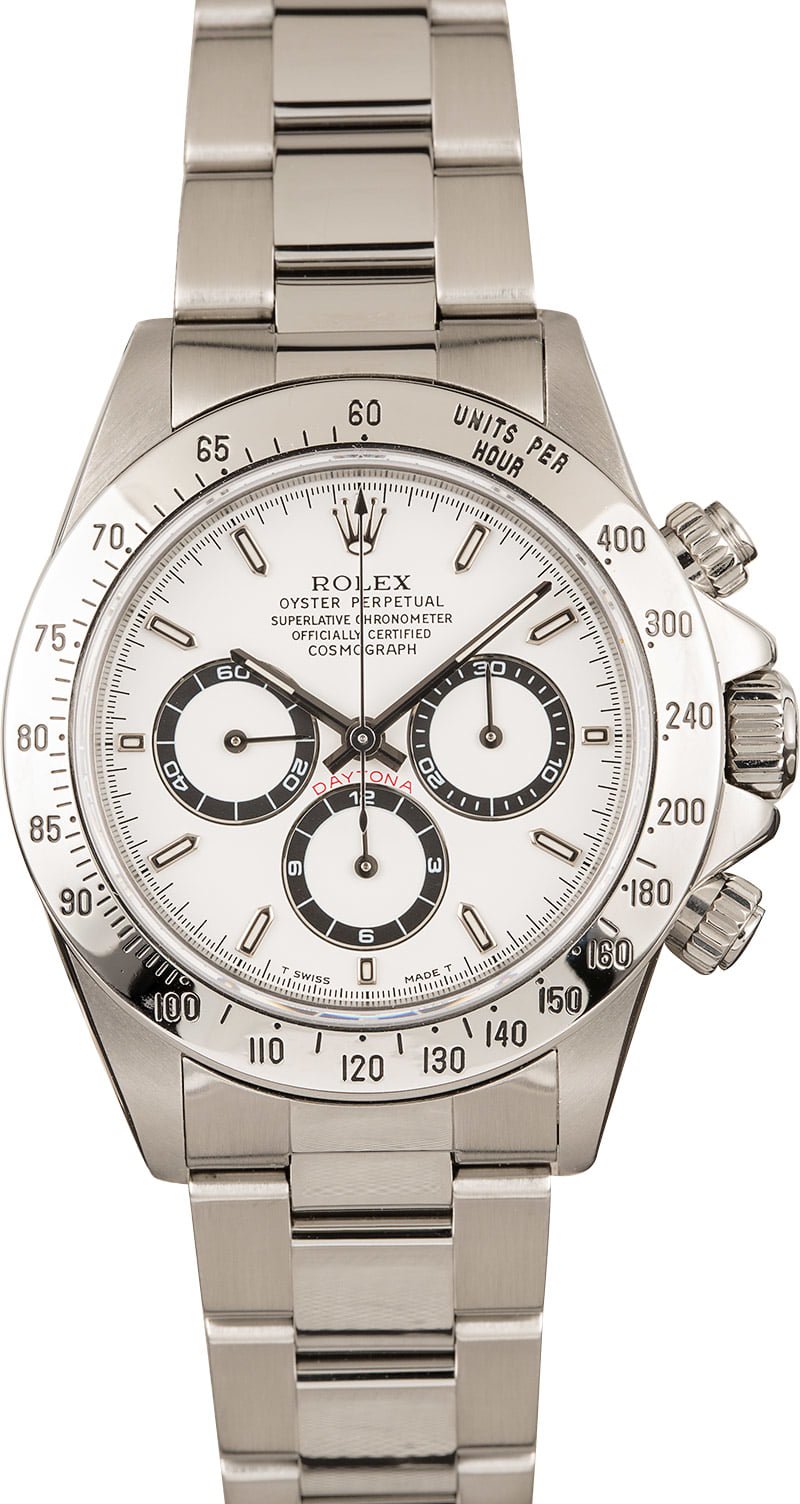
Rolex is very proud of their patented Cerachrom ceramic alloy, and rightly so. Scratchproof, fade-proof, nigh on unbreakable, it is the perfect material for the brand’s bezels and it has been rolled out across most of the tool watch collection. On the Daytona, it is fitted to models forged from platinum, all three flavors of gold, and the only two steel pieces left in the contemporary lineup – those lusted after models which are more difficult to get ahold of than a Wonka factory golden ticket.
But Cerachrom is a fairly new invention. Previous iterations of the stainless steel Daytona have always had steel bezels, something no longer obtainable if you are buying brand new. The last reference to have one was the ref. 116520, which ran from 2000 to 2016, and was the first Daytona to house Rolex’s own in-house chronograph movement, the Cal. 4130.
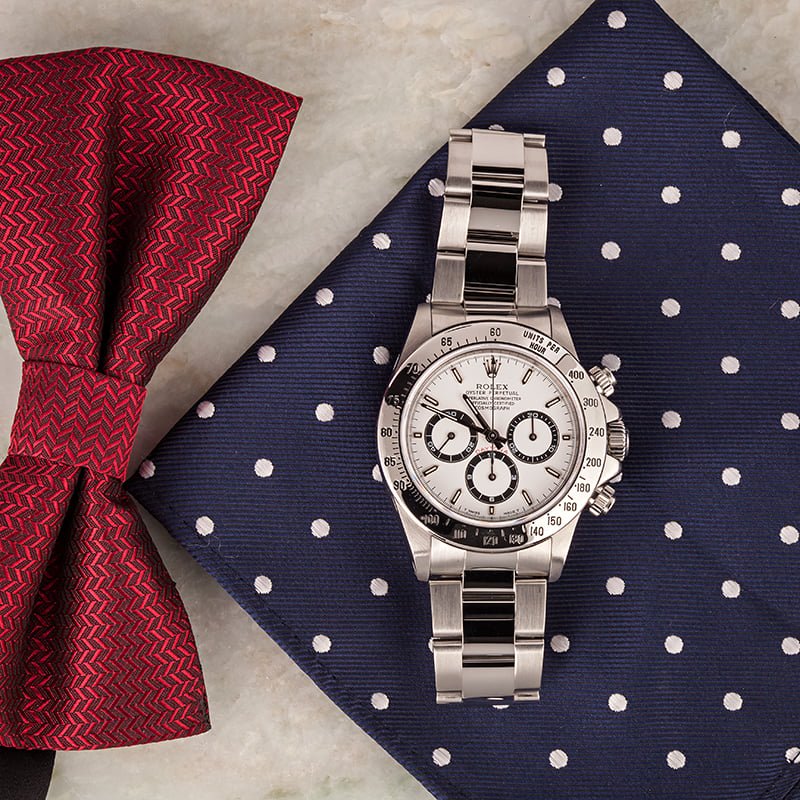
Looks-wise, the watch that comes the closest to an all-steel model is now the ref. 116509, which is cast in solid 18k white gold and has the price tag to prove it.
That means a delve into the archives is the only avenue still open should you want one, and it is the previous generation that is proving the most affordable. The ‘Zenith’ Daytona ref. 16520, powered by the fabled El Primero, is still the gateway into steel Cosmograph Daytona ownership.
Of course, the word ‘affordable’ is all relative. Prices start at around the $20,000 mark, which is a hefty slice of anyone’s money. Yet beyond being one of the most handsome and capable models ever made, any Rolex Daytona represents perhaps the surest investments watch collecting has to offer.
The 36mm Rolex Explorer
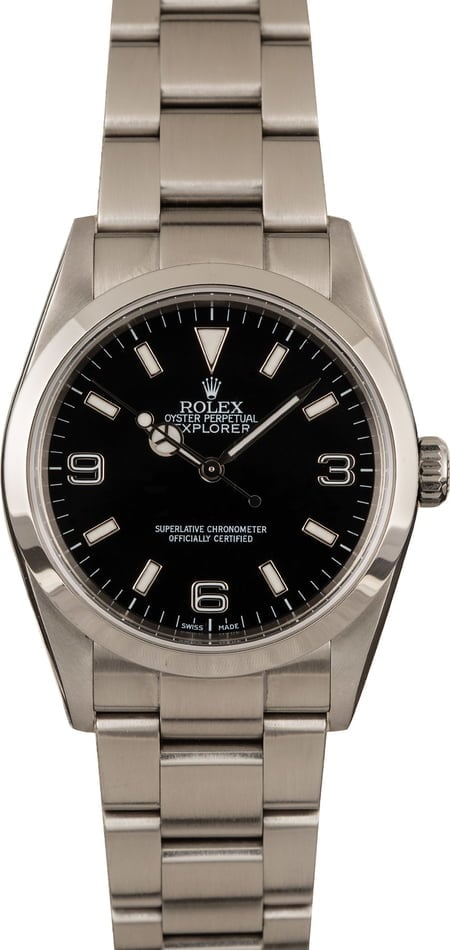
It’s a tough call, but the starkly austere Explorer might well be the watch that has changed the least (visually) over its 70-year run. That is even for manufacture that updates aesthetics at the glacial pace that Rolex does. Every reference, from the prototype Pre-Explorer ref. 6150 from 1952 up to the last of the ref. 114270s in 2010, have been simple three-handers, with the beautifully legible white on black 3/6/9 dials, housed in a 36mm case.
Then along came the ref. 214270, identical in the detailing but the first example to grow beyond the dimensions in 58-years, measuring 39mm. It increased in size for the same reason as the Datejust – fashions demanded it – but unlike that watch, it became the only option available.
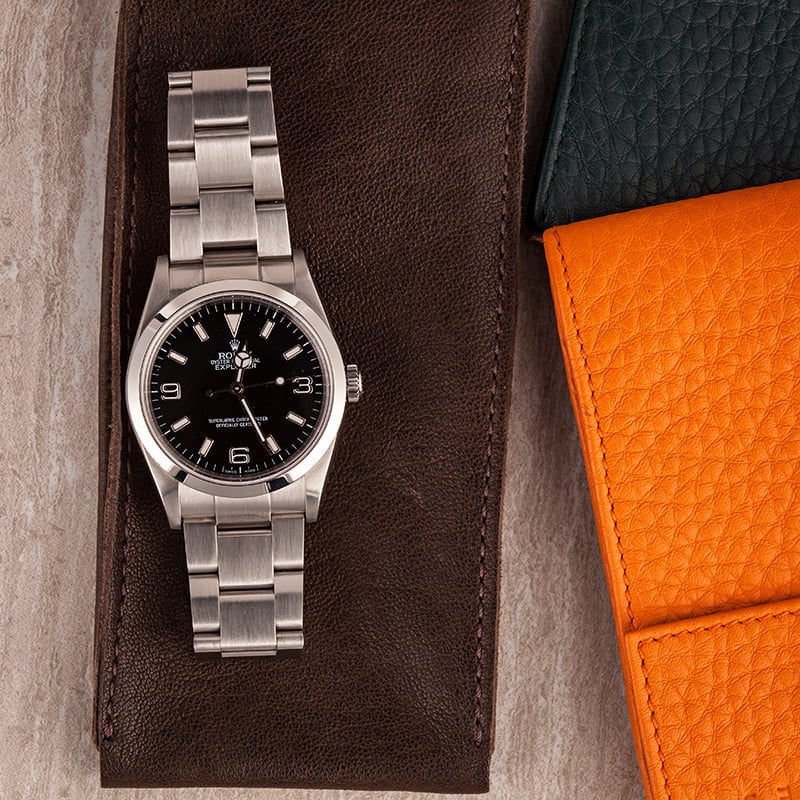
That is no bad thing. The Explorer is perhaps the last of the true tool watches in the Rolex catalog. There is nothing about any iteration of the watch that is designed to look flashy or draw attention to itself, and a few extra millimeters doesn’t change that. The new Explorer is basically the old Explorer, and whichever you choose will come down to whether your wrist size suits one or the other.
Its strength has always been in its simplicity, and it remains one of the best value for money prospects on the pre-owned Rolex market. $5,000-$6,000 is the buy-in point for a well-set up example of the ref. 114270 or, if you fancy going the real vintage route, the celebrated ref. 1016 (personal timepiece of James Bond author Ian Fleming) starts at a little over twice that. Tough, elegant and perfectly built, the Explorer has always stayed true to Rolex’s roots.

